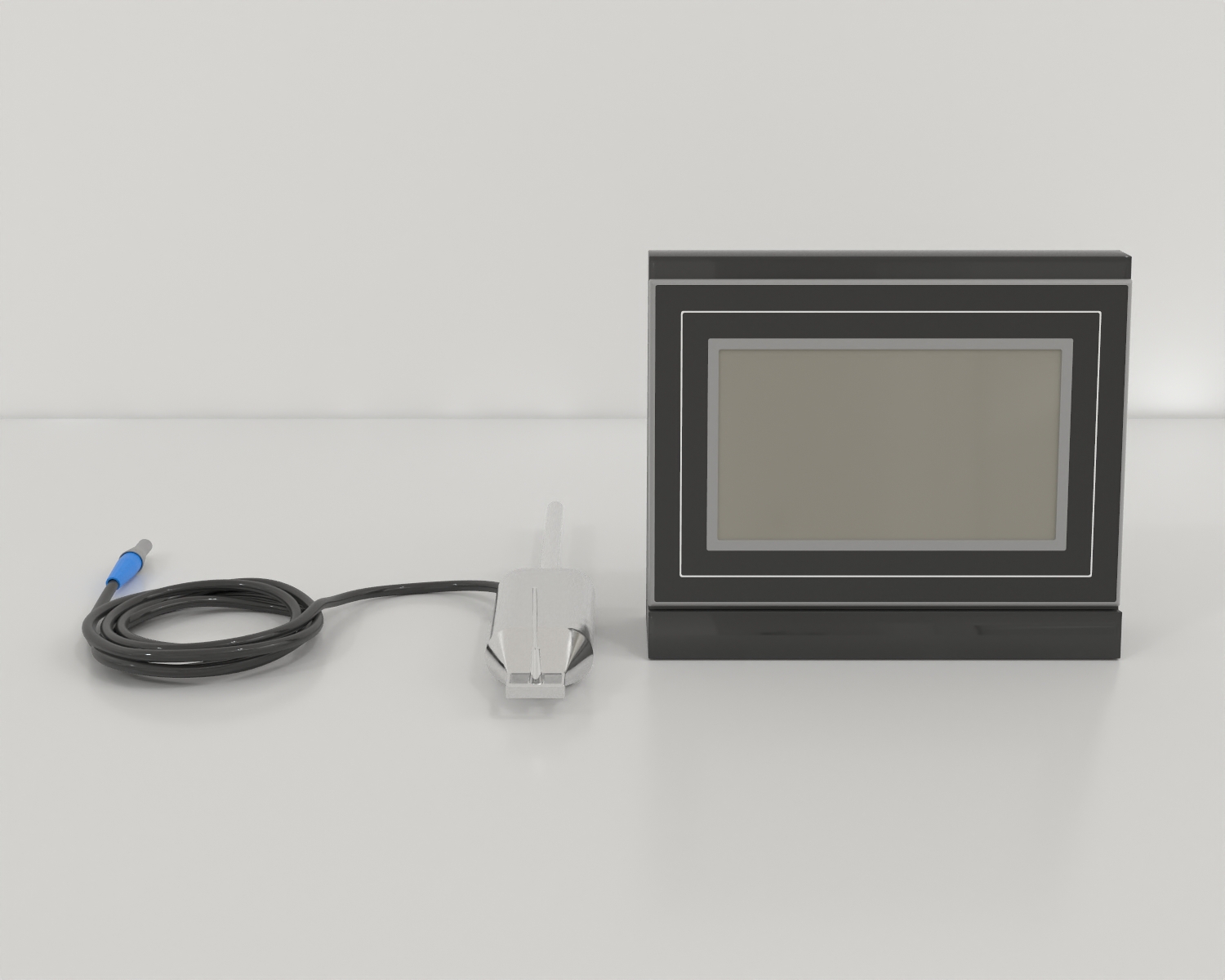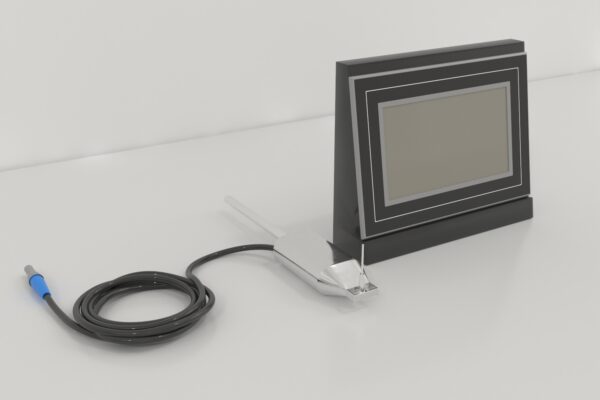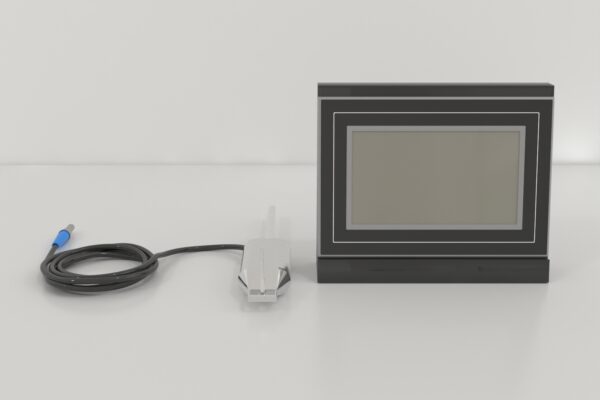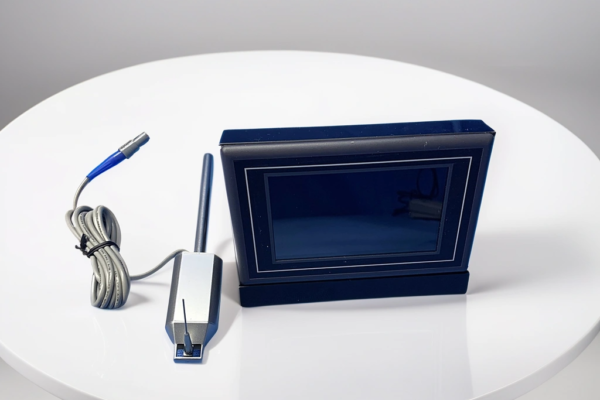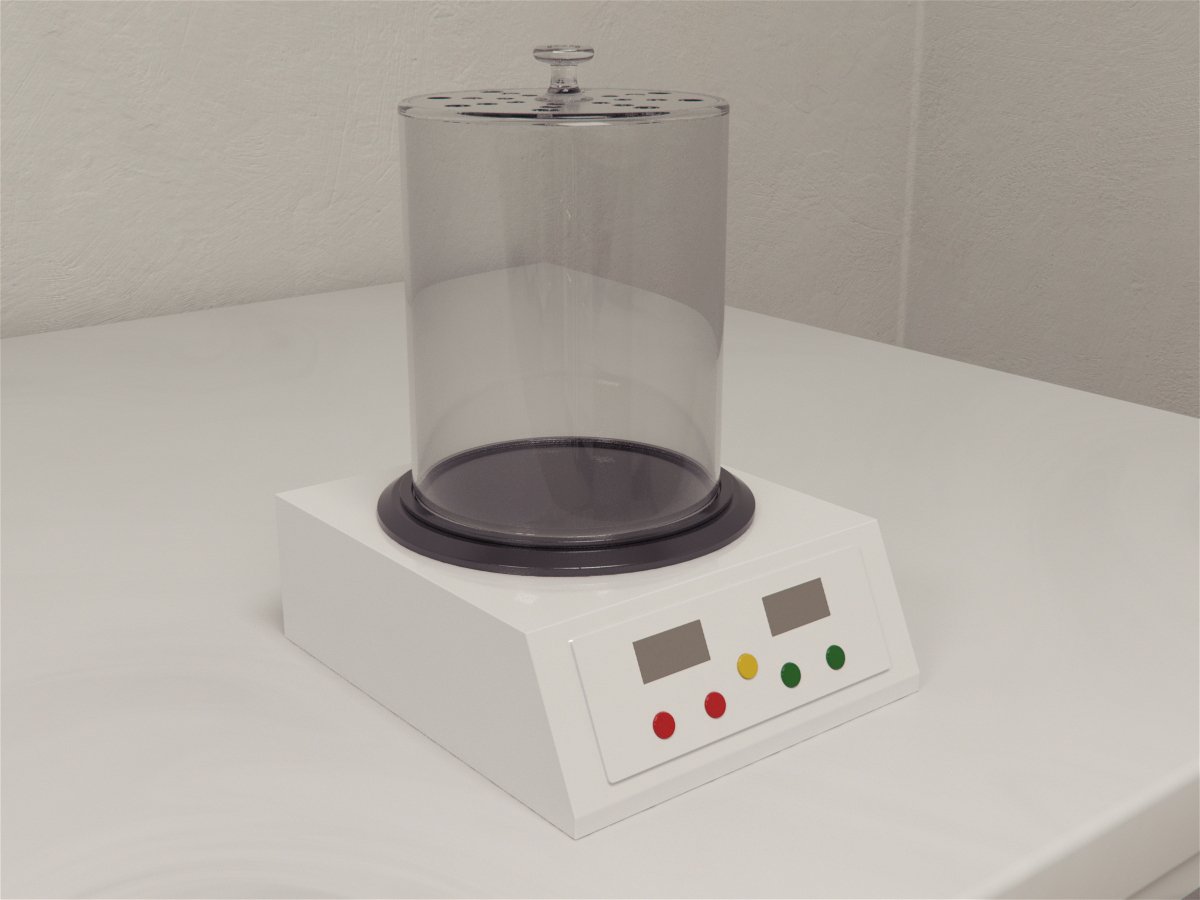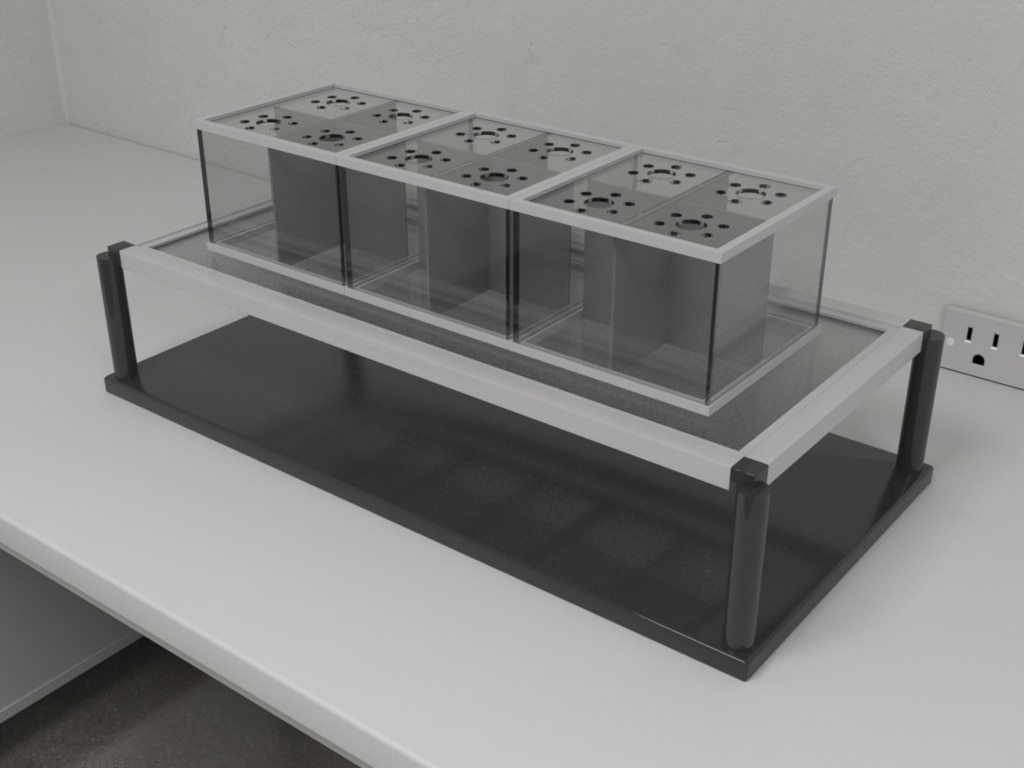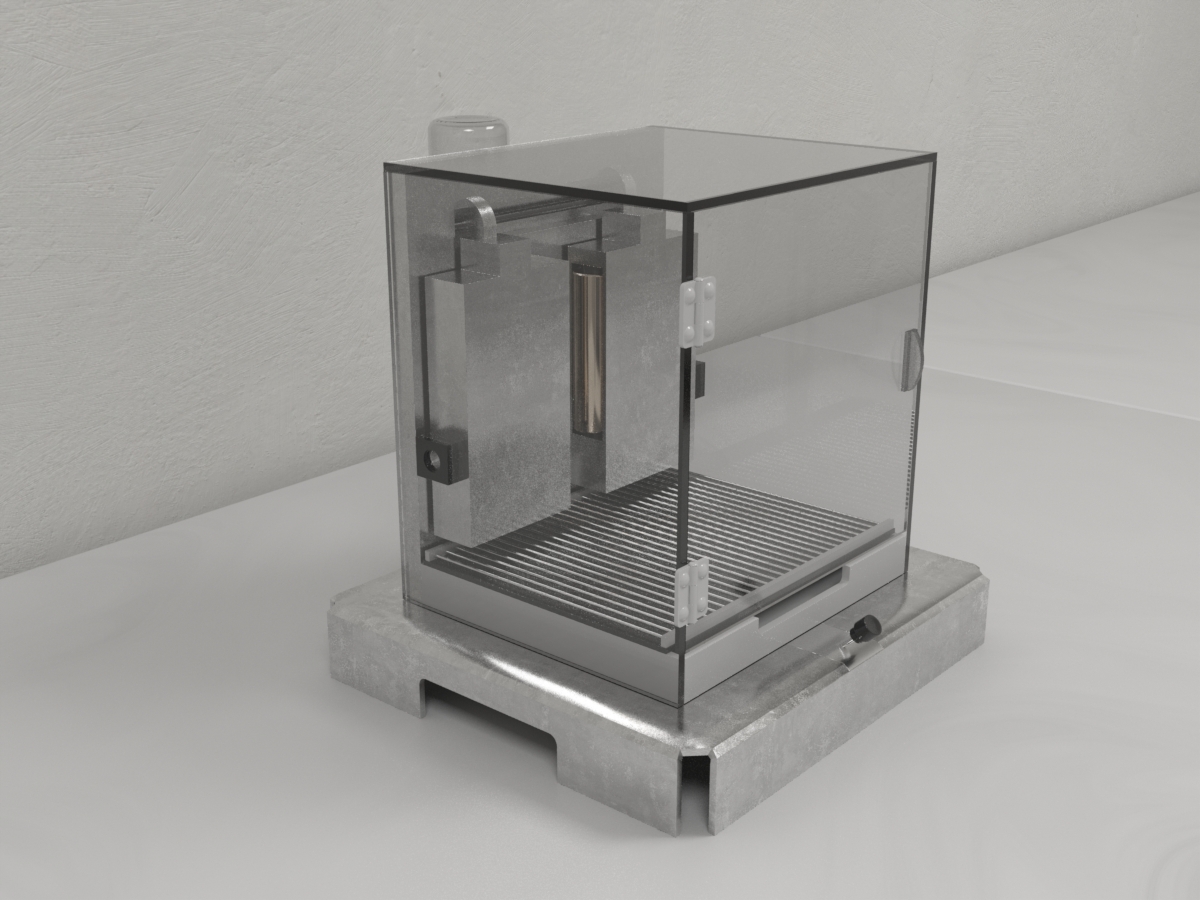The von Frey monofilament was designed by Maximilian von Frey as an esthesiometer in 1896. These filaments have been widely used in the assessment of mechanical nociception. The process of assessment of punctuating mechanical allodynia and hyperalgesia involves the application of von Frey filaments of forces ranging anywhere from 0.08 mN to 2940 mN and observing the withdrawal thresholds. The assay can be performed manually or by using an electric von Frey.
The most commonly used method is the up-down method, wherein the tips are smoothly applied perpendicularly to the skin of the plantar surface of the subject until they buckle. However, the technique tends to be time-consuming. The electronic von Frey (EvF) is used to overcome the disadvantages of the conventional von Frey assay. The former has many advantages over the manual von Frey assay, primarily, the use of a single filament to apply varying levels of pressure. Further, unlike other tests such as the Randall-Selitto test, the von Frey monofilament assay does not require restraining the subject. This approach minimizes handling and restraining anxiety which could otherwise potentially influence the performance of the subject.

